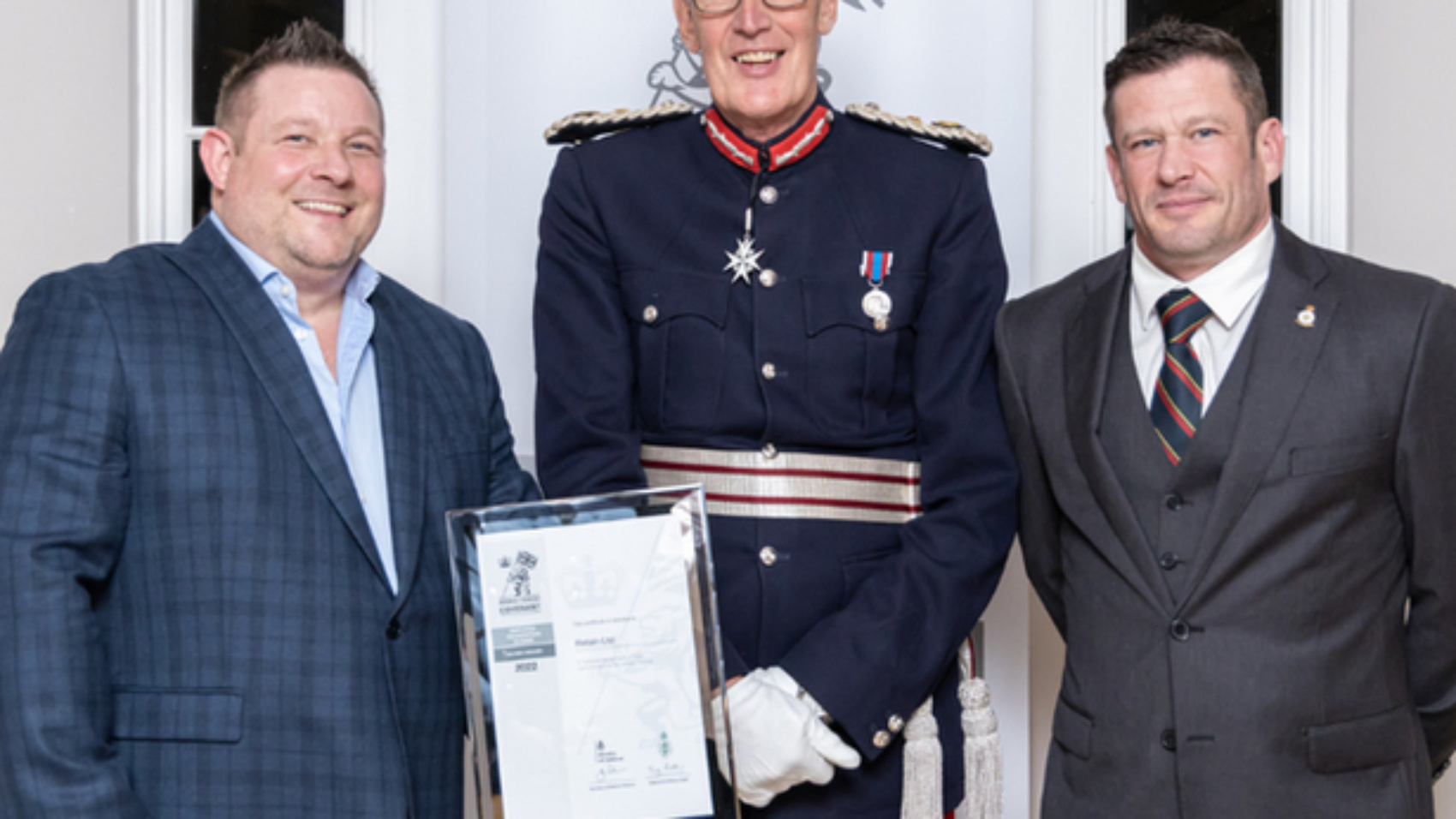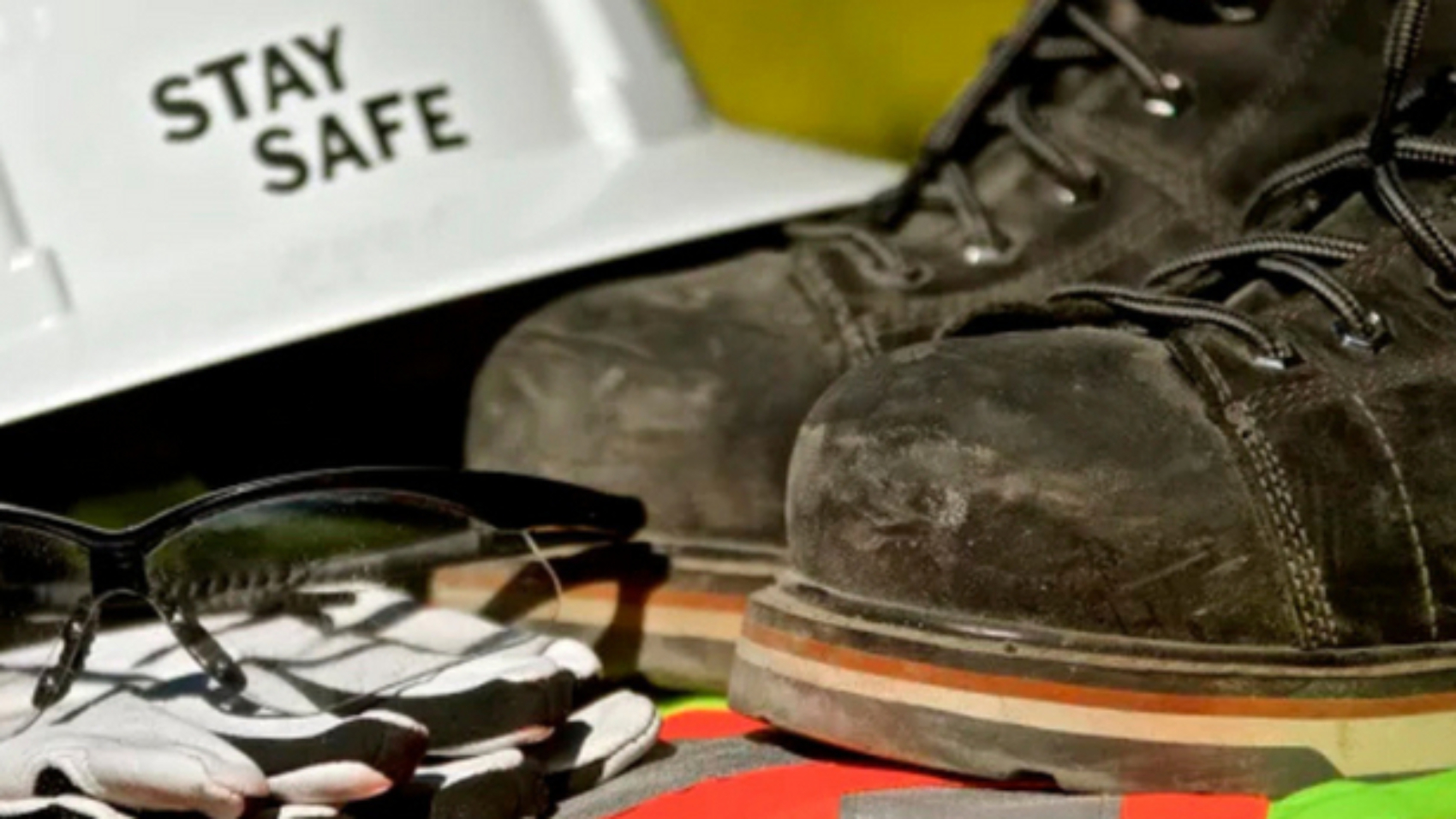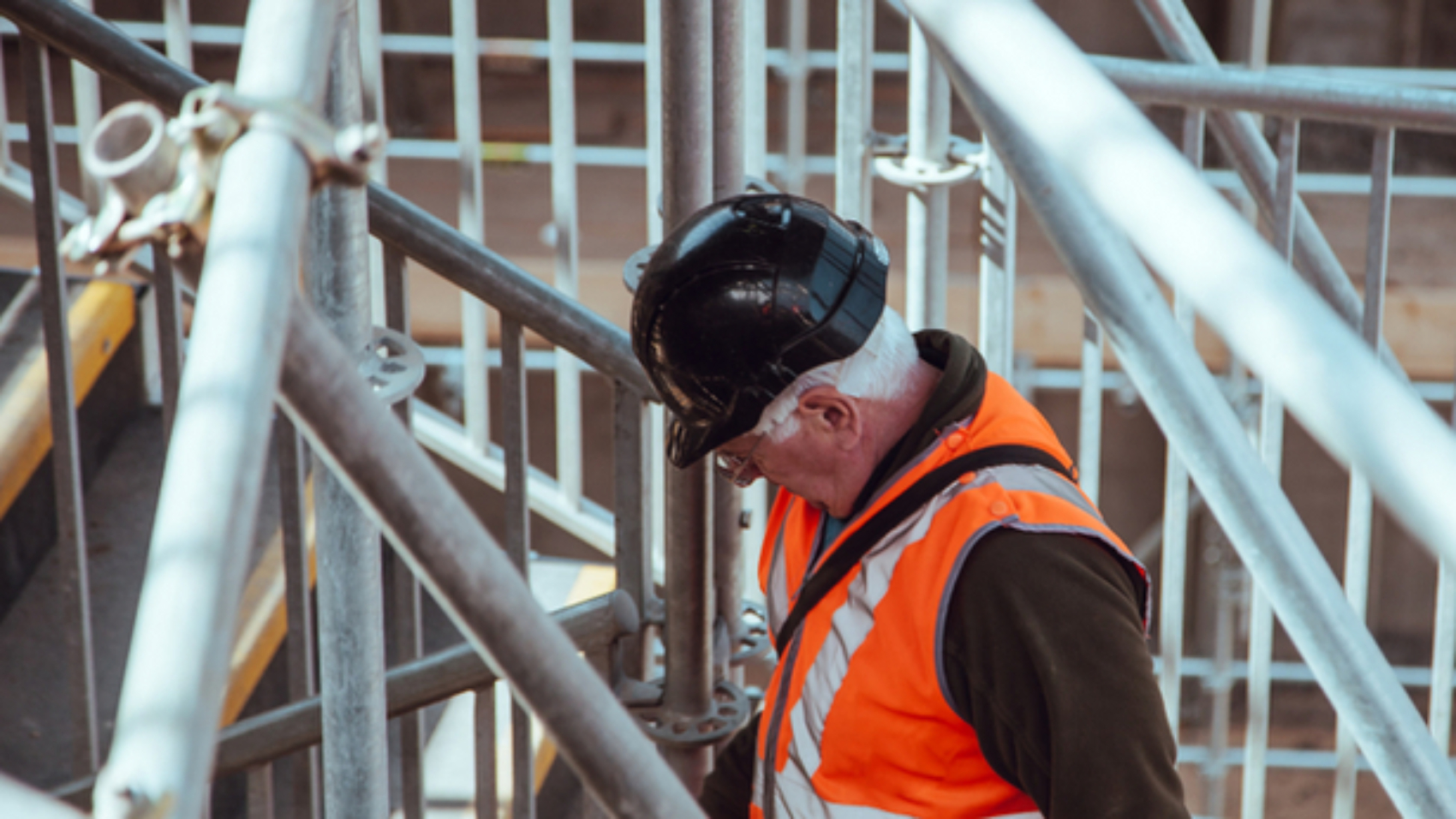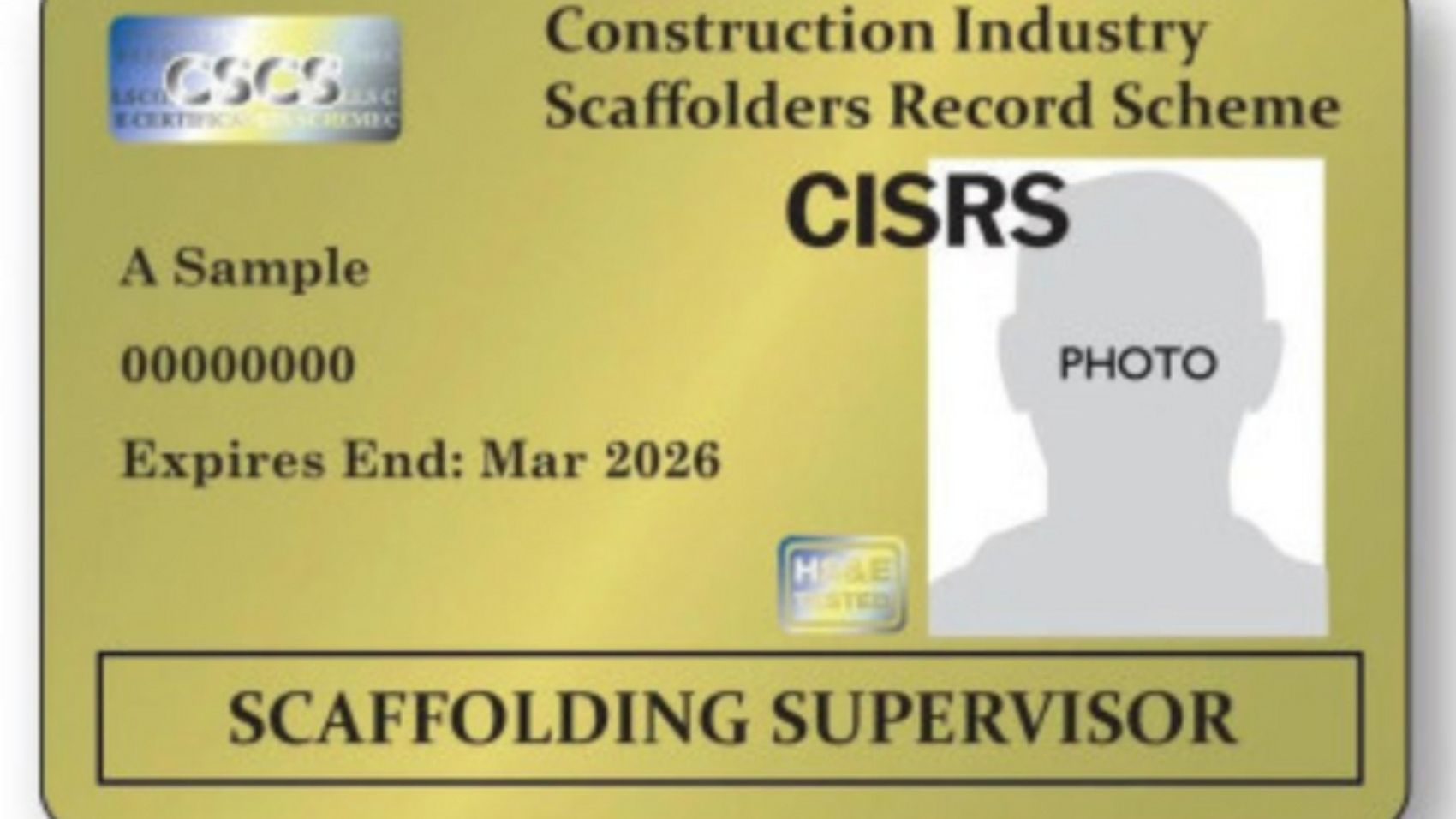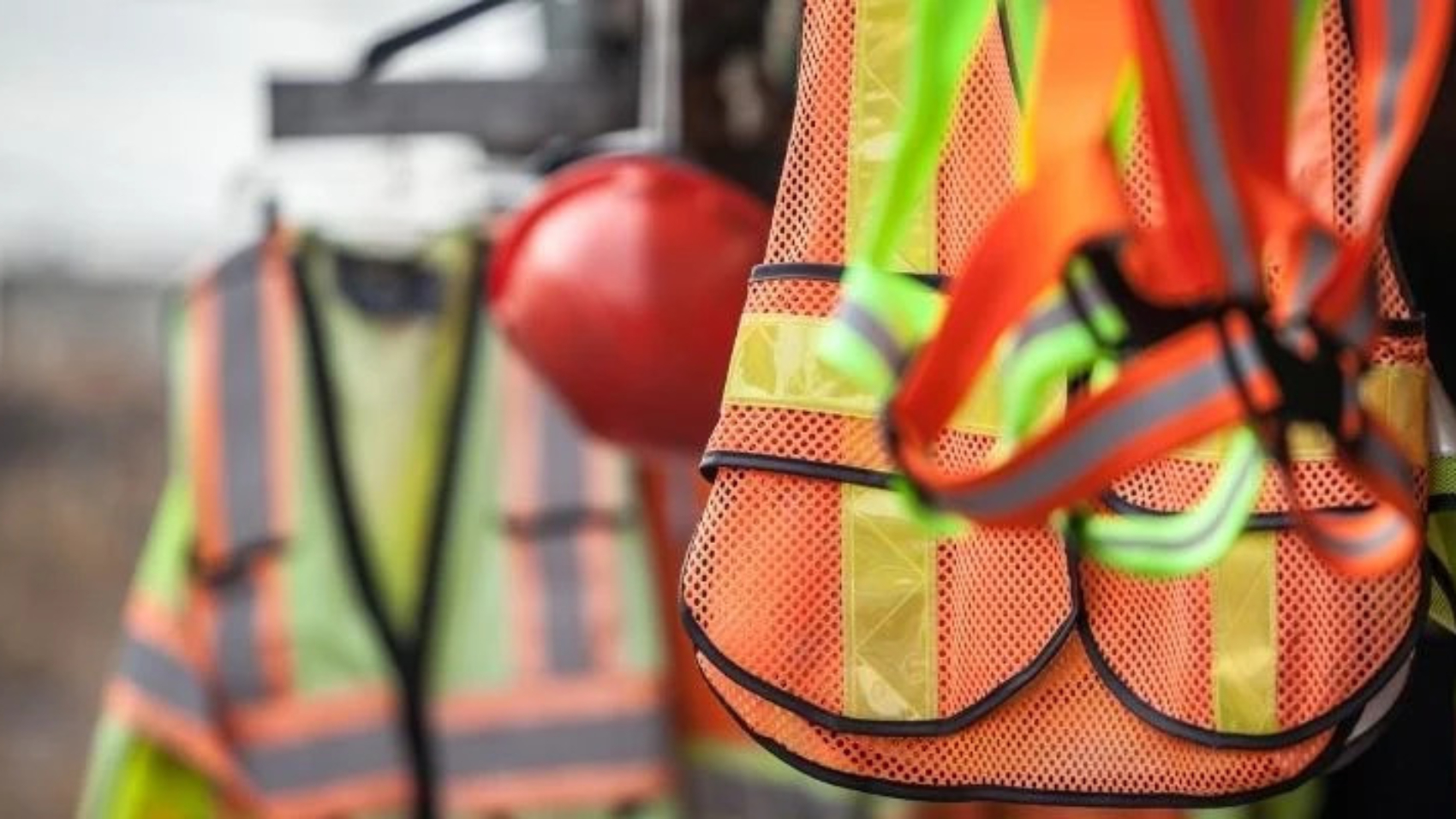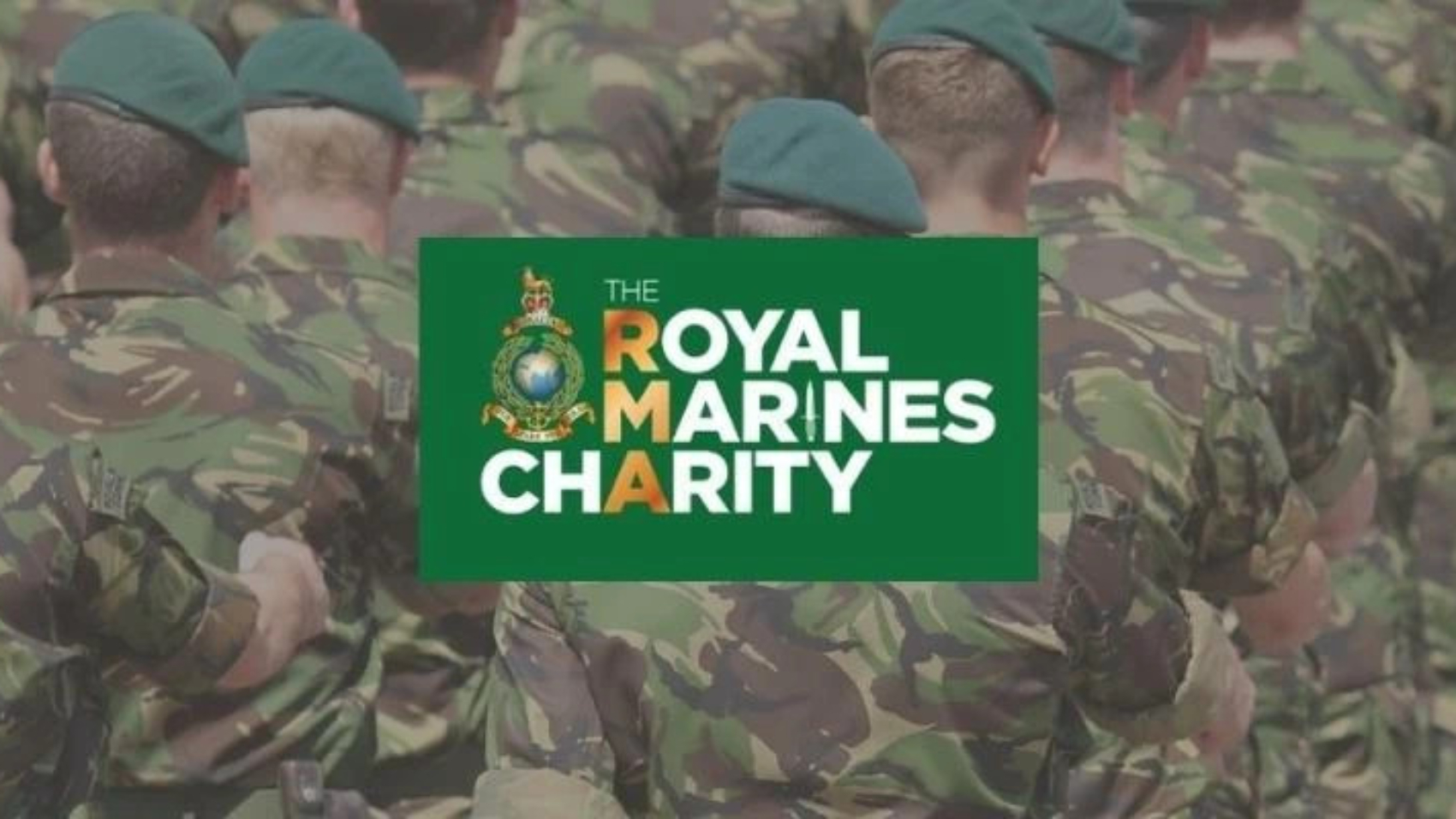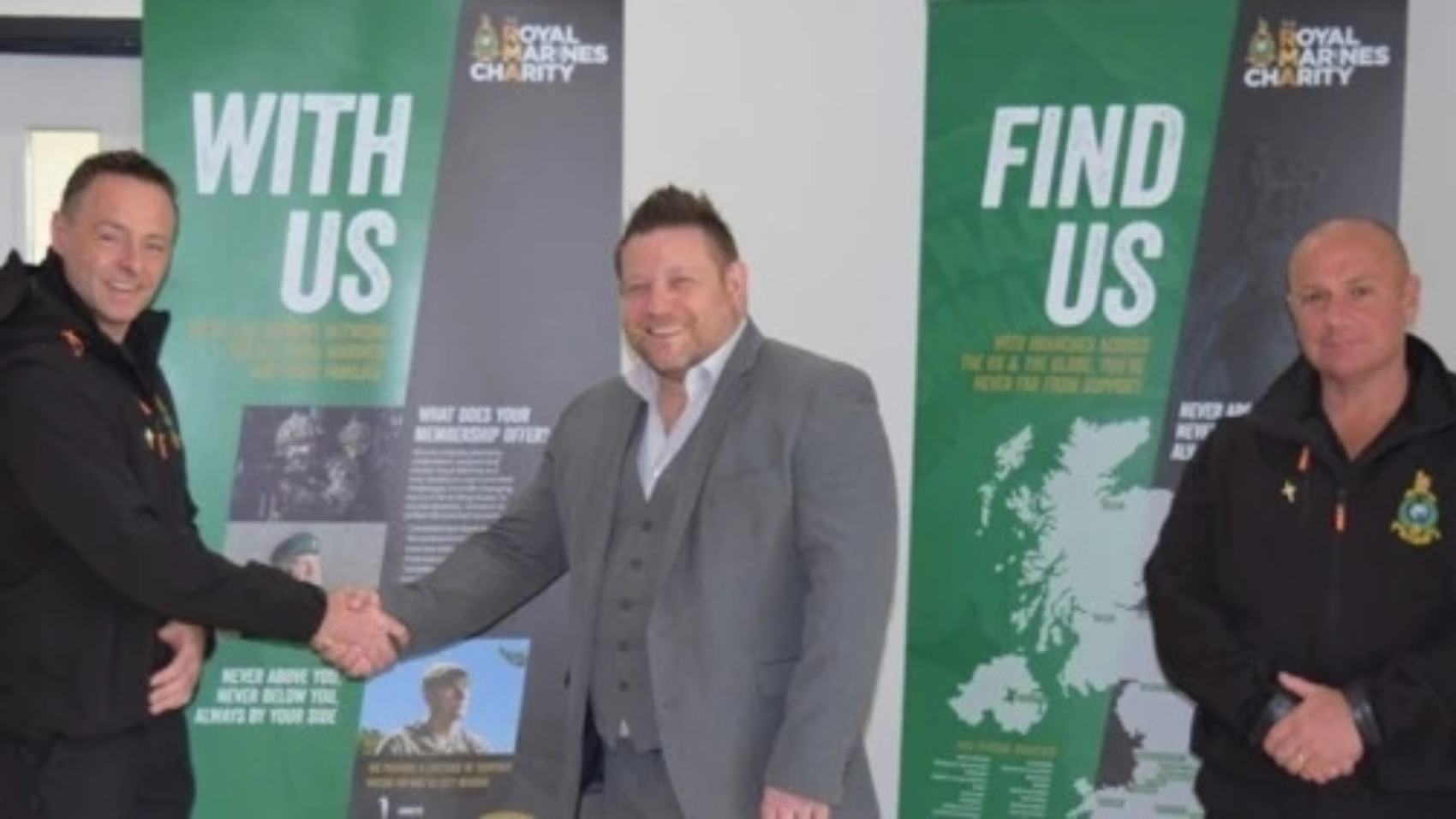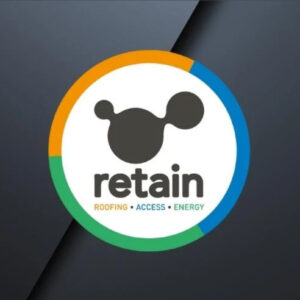Retain Limited group of companies are extremely proud to receive the prestigious Defence Employer Recognition Scheme (ERS) Silver Award, after gaining the bronze award earlier this year. Achieving this award reflects our continuous commitment to support the armed forces community in a manner that aligns with the values of the Armed Forces Covenant.
Through a three-tier approach of bronze, silver and gold awards, the ERS scheme recognises the different levels of commitment provided by employers and allows the Ministry of Defence to publicly thank and honour organisations for their support.
Retain Limited is dedicated to proactively working towards the ERS gold award, which we hope to achieve in the near future.
Retain Limited and the Royal Marines Charity
We are honoured to work closely with the Royal Marines Charity (RMA): a fantastic charitable organisation that aims to provide a lifetime of support to the Royal Marines Family by any means required.
With many of our own employees previously serving in the Royal Marines, including Founder and Director, Jamie Gibbs LLB (Hons) MIoR, we endeavour to provide employment opportunities to help other Royal Marines adjust to life as UK civilians. Retain Limited also strives to help educate, train and create bespoke career pathways tailored to individual skill sets to enable and encourage a successful and fulfilling life post-service.
We donate to the RMA and provide a direct donation link to the RMA on their website and in publications, so others can choose to donate with ease.
Further, the RMA got in touch with Retain Limited, making us aware of an individual who had to leave the military due to injury. To help get him back to work and secure an income at a time of uncertainty, we offered him a job on the same day and he was working the following day.
In response to being presented the ERS Silver Award, Director, Jamie Gibbs, stated; “Retain Limited are proud to have been recognised for our contribution in supporting the armed forces community. To have received both the bronze and silver awards within the space of a year is a great achievement. To show future clients and employees that we support the armed forces community and we are a safe and trusted employer, we are looking to go for the Gold ERS Award.”
Retain Limited
We are an award-winning three-in-one contractor for industrial and commercial roofing, scaffolding installation, safety netting and access solutions, and roof-mounted solar PV design and fixtures. We have expert teams with industry qualifications and experience in each of their respective fields. Retain Limited found a unique space in the market to offer clients a structured approach by eliminating the need for multiple contractors and streamlining the process by being a one-point, trusted contact. This approach both builds a strong client-contractor relationship and clear communication between project site workers.
Our key objectives are to achieve client satisfaction, invest in staff, and maintain and build upon their reliable reputations within the industrial and commercial sectors. By providing staff with excellent training opportunities, they can achieve career progression and ensure that the quality of work surpasses expectations.
In addition to receiving their recent ERS Silver Award, we hold multiple awards and certifications including, but not limited to our CITB accreditation, being Gold members of Constructionline and they have won the National Federation of Roofing Contractors (NFRC) Gold Award for Health and Safety, six years in a row.
About the ERS
The ERS was launched in 2014 by the then Prime Minister, David Cameron, to encourage and support the relationship between Reservists’ employers and Defence. Organisations have the opportunity to progress through the bronze, silver and gold awards by pledging, demonstrating and advocating their support to the Defence and the armed forces community.
To be selected to receive the ERS Silver Award, organisations must have:
- Signed the Armed Forces Covenant
- Have been awarded the bronze ERS
- Proactively demonstrate that service personnel and the armed forces community have equality in the recruitment and selection process
- Implement a positive HR policy for service personnel and the armed forces community
- Support training by providing at least 5 days’ additional unpaid/paid leave
- Not be subject to negative press or media activity
For more information about the ERS Award and how to get your business involved, see here: https://bit.ly/3xRN0mO

